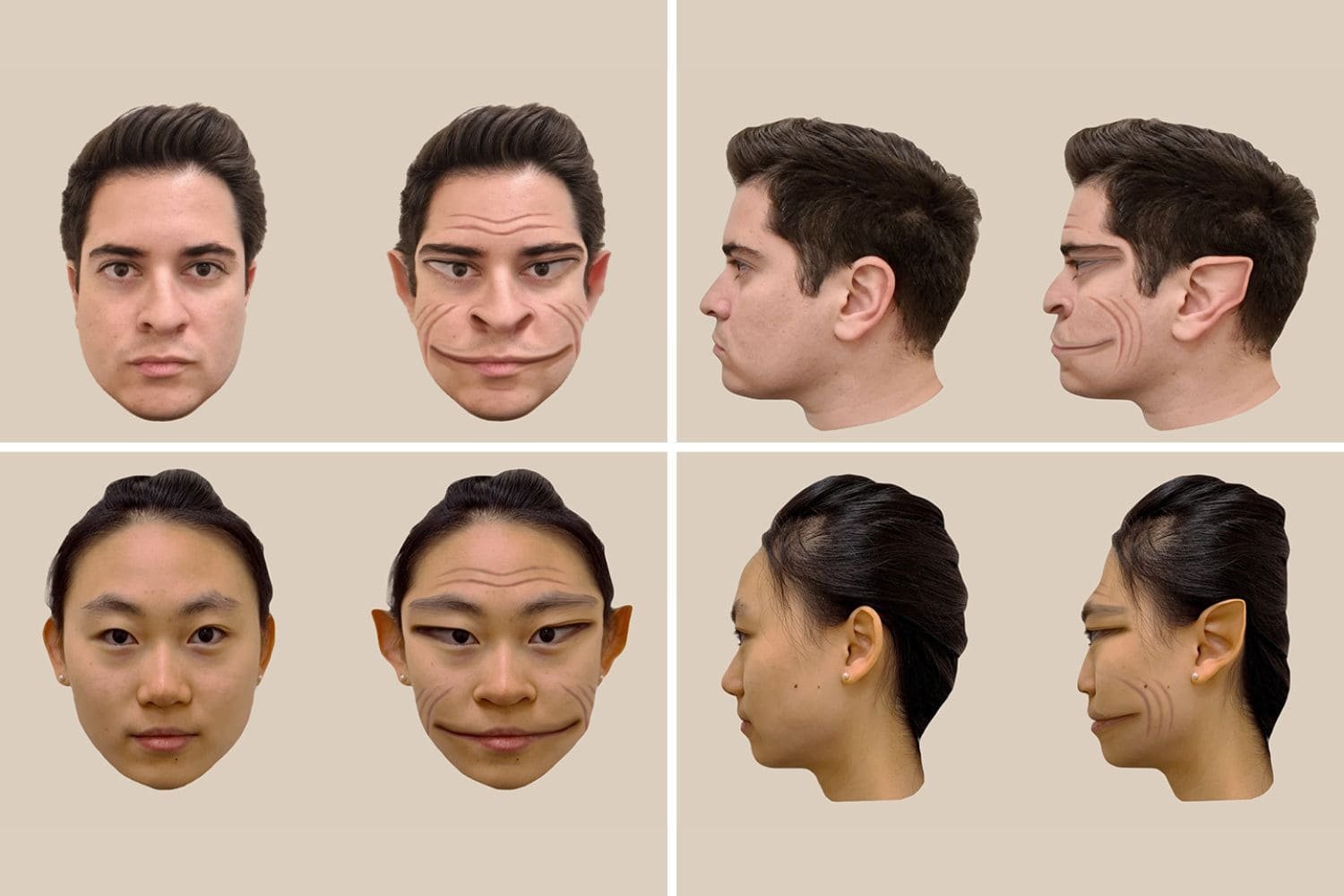(ANSA) – one Black hole With “Hiccup” it was first observed in the center of a galaxy 800 million light-years from Earth.
For four months, it has been emitting beams of gas every 8.5 days, perhaps due to the presence of a second, smaller black hole around it that periodically crosses its accretion disk, a possibility that has so far only been predicted theoretically.
This is according to a study published in the journal Science Advances conducted by astronomers from the Massachusetts Institute of Technology (MIT) in the United States, in cooperation with scientists from the Czech Republic and the University of Rome Tor Vergata.
If confirmed, this discovery could change the concept of a black hole's accretion disk, which until now has been considered a relatively uniform body of gas orbiting the event horizon.
However, the results of the new study suggest that in some cases, this disk could harbor other black holes and even stars.
The research is based on observations made by a network of 20 robotic telescopes (All Sky Automated Survey for SuperNovae, Asas-Sn), which are always on the lookout for supernovae and other transient phenomena.
In December 2020, the equipment identified a flare coming from a galaxy 800 million light-years away that had remained silent until then. Subsequent observations made with NASA's Nicer X-ray telescope, mounted aboard the International Space Station (ISS), made it possible to detect a periodicity of 8.5 days in the emissions. The signal was similar to that seen when a planet passes in front of its star, temporarily blocking the light.
Seeking an explanation for this unprecedented phenomenon, researchers from the Massachusetts Institute of Technology, under the guidance of Dhiraj Basham, contacted Czech physicists who speculated that there might be a supermassive black hole at the center of a galaxy orbited by a second, smaller black hole that periodically passes through accretion. disk, a phenomenon that would cause the release of gas rays.
According to calculations, the massive black hole has a mass equivalent to 50 million times the mass of the sun, while the smallest black hole has between 100 and 10 thousand solar masses. In December 2020, a third object entered the scene, likely a star that came too close and ended up being torn apart by the gravity of the larger black hole. The sudden influx of stellar material temporarily lit up the accretion disk.
For four months, the black hole has been feeding on stellar debris; However, the second black hole continued to orbit around it, periodically crossing the accretion disk, and thus ended up generating the beams detected by NISSER.
“This result calls into question our traditional picture of an accreting disk from a supermassive black hole. A scenario with a disk and perhaps many objects such as black holes and stars passing through it may be more realistic than a simple picture of disk gas.” Fabrizio Tombisi, from the University of Rome Tor Vergata, explained. (I forget)
All rights reserved. © Copyright ANSA

“Friendly zombie fanatic. Analyst. Coffee buff. Professional music specialist. Communicator.”

